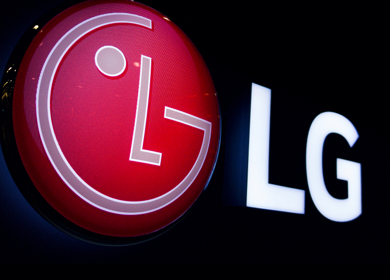Google opens new data pathways for cookieless advertising: will it be game-changing for the ad industry?
Published: June 01, 2023

For years, brands have been using third-party cookies to target ads to the right audiences. But, with the deprecation of cookies in web browsers owing to stringent privacy laws and regulations, brands and marketers began to look for new ways to collect their own data and use it for advertising.
To conduct targeted ad campaigns, brands are focusing more on creating first-party data sets instead of relying on third-party cookies.
On the other hand, clean rooms have become popular in online advertising as the industry seeks techniques to exchange data without revealing customer information or leaking that information into unprotected internet ad auctions.
In light of this, Google recently rolled out its clean room collaboration. It is apparent that Google is gradually allowing more clean room providers, such as InfoSum, Habu, and LiveRamp, to offer services to publishers and advertisers who do business in online ads via Google's Display and Video 360 demand-side platforms. And, just last week, Google also made a core data product known as PAIR accessible through those partners.
PAIR is an innovative way for marketers to pair up audiences for targeted ads while maintaining customer data using clean room technology from Habu, InfoSum, and LiveRamp.
Google has been making clean room functions available to more third parties that are using PAIR since October, and the clean room partners have all stated that the tool is now generally available. Google's work with clean rooms is seen as a step towards greater transparency in its highly restricted ad platform, allowing publishers and marketers to engage with their own data sets and marketing partners.
What does it mean to brands and marketers?
From Google’s recent announcements, be it deprecating third-party cookies for 1% of Chrome users in the first quarter of 2024 or its clean room collaborations, it is apparent how vigorously the company is getting ready for a secure privacy-centric world.
For marketers, data clean rooms have now become more than just an option. To successfully combat the challenges accompanied by the demise of third-party cookies, data clean rooms are a viable solution to discover new audiences and gather meaningful insights for ad targeting.
And we see Google’s expansion of data clean room tools and collaborations as a most welcome move for marketers, as it can make their job easier and more effective in a post-cookie world.
- With Google opening up to various data clean rooms, marketers will get the capability to access aggregated and anonymized data from various sources. This, in turn, can provide meaningful insights into consumer behaviour and preferences. Thus, by leveraging this data, marketers can better understand their target audience and make informed decisions for their campaigns even after the complete demise of third-party cookies.
- Google’s new initiatives with clean rooms enable marketers to effectively combine their own first-party data with data from other sources in various clean rooms. This way, they can create more precise and targeted audience segments. As a result, it will possibly lead marketers to deliver personalized and relevant advertising messages to their target segments, and improve the effectiveness of their campaigns.
- While finding and targeting the right audiences is the key challenge, attributing and measuring the impact of advertising campaigns across various touchpoints is one more difficulty that marketers already face. With Google collaborating with more data clean rooms, marketers will be able to get a holistic view of their campaigns' performance across platforms and devices and thus easily track user interactions and attribute conversions more accurately. This data-driven attribution will, in turn, help marketers optimize their media mix effectively.
- As marketers will be able to access a wealth of data in a secure environment with Google’s advanced data clean room tools and collaborations, they can also leverage it to gain valuable insights to make data-driven decisions, identify trends, uncover new opportunities, refine their targeting strategies, and sharpen their ad targeting to attract the right audiences at the right time.
Overall, in our opinion, Google’s collaboration with various data clean rooms will empower and pave the way for marketers to confidently face the cookieless world and enable cookieless advertising effectively to reap better results.










Be the first one to comment.